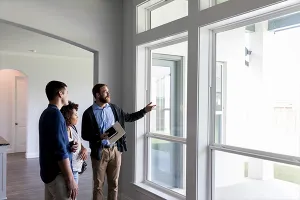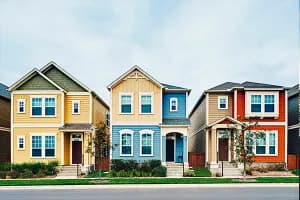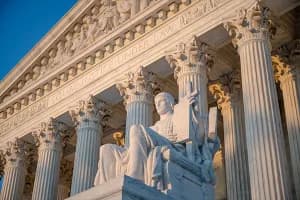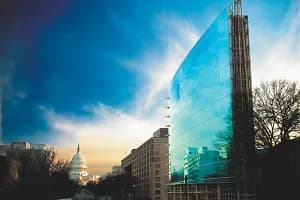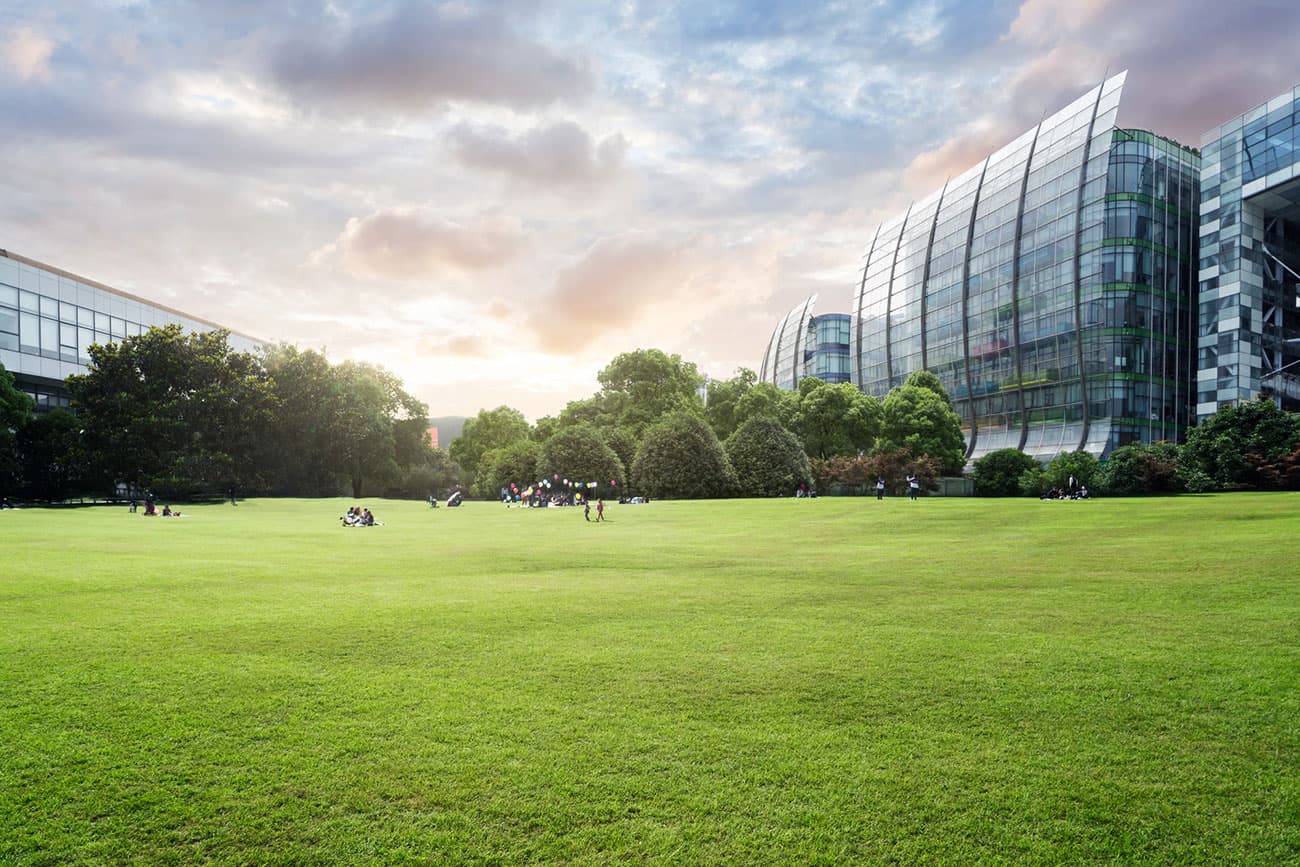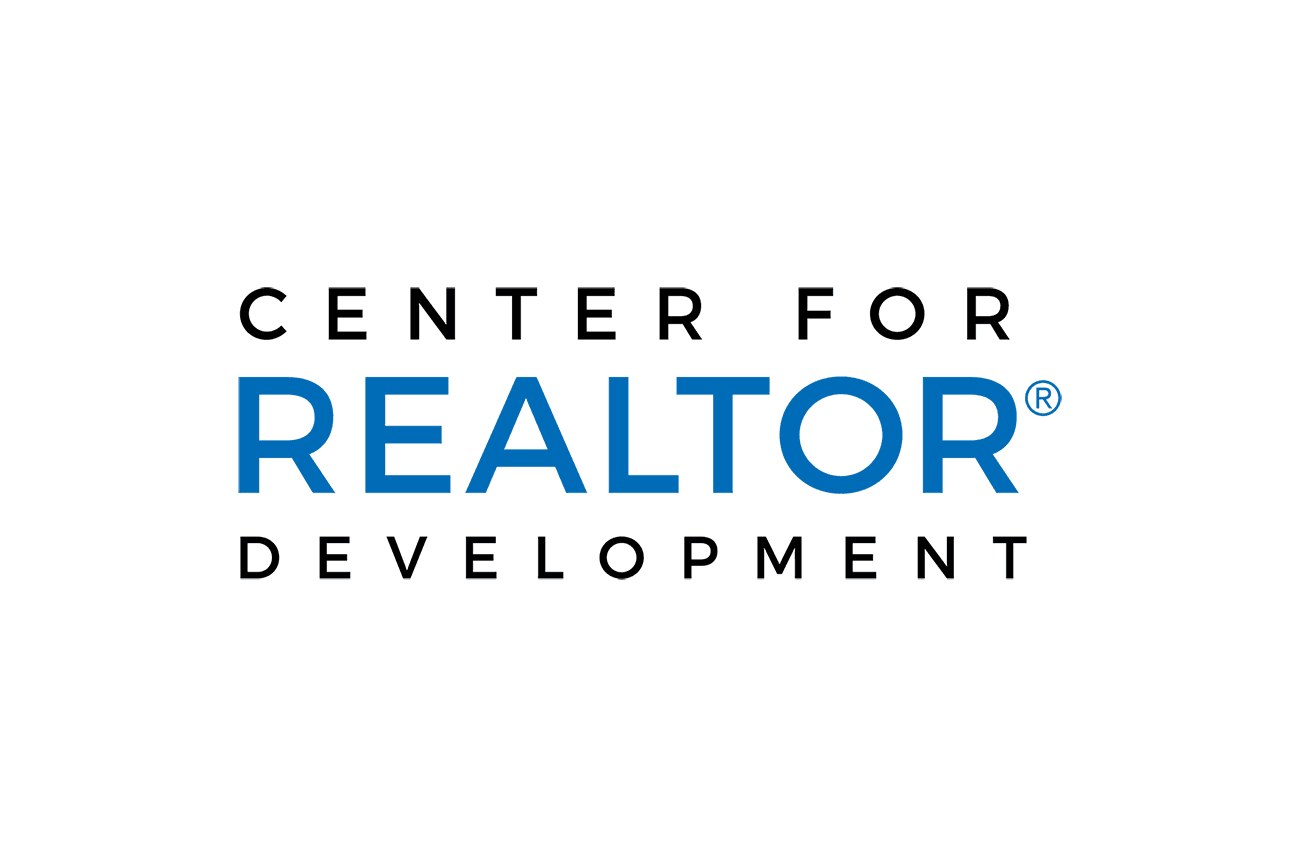We've already done the research for you. References (formerly Field Guides) offer links to articles, eBooks, websites, statistics, and more to provide a comprehensive overview of perspectives. EBSCO articles (E) are available only to NAR members and require the member's nar.realtor login.
Green Designation
Looking for more formal training in green property management? NAR's Green designation has a property management track. The Green designation provides real estate professionals with the knowledge and awareness of green building principles applied in residences, commercial properties, developments, and communities so that they can list, market, and manage green properties as well as guide buyer-clients in purchasing green homes and buildings.
For more information, visit the Green Resource Council webpage
Why Go Green?
Sustainable Practices in Commercial Property Management: a Guide (The Gibson Company, Aug. 20, 2024)
Governments around the world are implementing stricter environmental regulations. By adopting sustainable practices, a commercial real estate agency or commercial property management company can ensure compliance with these regulations, avoiding potential fines and enhancing their eligibility for green incentives and grants.
Green Building Trends and Drivers for U.S. Commercial Real Estate Investors (United States Green Building Council, Jul. 18, 2024)
Physical risk refers to the tangible impacts of climate change, including flooding, fires, droughts and extreme heat. Over the past 40 years, the U.S. has seen an increasing number of multibillion-dollar climate disasters. In 2023, for example, 28 separate weather and climate disaster events with costs and damages of $1 billion or more took place. Climate disasters have caused large increases in premiums and bankruptcies, with insurance companies eliminating some coverage in states, including Florida and California.
Sustainability Measures Improve the Bottom Line for Property Owners (Voit, Jun. 25, 2024)
Studies have also shown that buildings with green certifications tend to command higher rents than conventional buildings. Research cited by the Institute for Market Transformation (IMT) shows that green commercial buildings in the U.S. achieve rental premiums ranging from 3%–8% compared to conventional buildings, even after controlling for factors like location and size.
Green Leases
“Greening” Your Leases: The Cornerstone of Climate Resilience and Readiness in Commercial Real Estate (DLA Piper, Sep. 4, 2024)
Tenants often have the right to alter or improve their leased premises during the lease term at their own cost, subject to landlord’s reasonable review and approval. Green alteration and tenant improvement provisions require that any such construction and alterations comply with sustainability goals and targets for the whole building set forth in the lease.
Understanding Green Leases (WatchWire, Mar. 18, 2024)
Properties subject to green leases typically experience an increase in value. These buildings attract tenants more easily, command higher rents, and have lower vacancy rates due to their enhanced sustainability features and operational efficiency. Additionally, with governments around the world tightening regulations on energy use and sustainability in commercial spaces, green leases provide a proactive framework for compliance, reducing the risk of penalties. Industry recognition through green lease adoption is another core benefit. Higher-performance buildings can increase ENERGY STAR and LEED scores, as well as assist with achieving other certifications such as BOMA 360, Fitwel or WELL. Receiving industry recognition also helps a company to retain and attract like-minded employees, tenants, investors, and other partners.
The Value of Green Leases (Institute for Market Transformation)
Our analysis found that green leases have the potential to enable over 17% of site energy savings. Implementing green leases across all U.S. office buildings would result in over $2.2 billion in energy savings and over 499,100 metric tons of CO₂ avoided.
How Do I Green a Lease? (Green Lease Leaders)
We are focused on providing resources that address the 4 most critical steps that impact the ability to do high performance buildings in the long-term: site selection, lease negotiations, tenant fit-out, and tenant operations. In order for green leasing to be integrated into a portfolio and to become standard practice, green leasing must be evaluated during site selection, included and executed in lease negotiations, and operationalized in the tenant fit-out and tenant operations phase.
Energy Efficiency
Top 5 Commercial Renovations for Energy Efficiency (DRF Builders, Jan. 3, 2025)
Increasing the natural light in a commercial building can significantly reduce energy consumption. Natural light inherently encourages tenants to use less artificial light while maintaining visibility. It can also help keep the building at a comfortably warm temperature, resulting in less HVAC use.
Installing skylights is a great way to brighten up a building. You can also install more south-facing windows to let in more natural light without strong afternoon heat or distracting glares.
How to Design an Energy-Efficient Building that Cuts Costs for You and Your Tenants (Dialetic Engineering, Apr. 9, 2024)
In cold climate zones, where winters bring freezing temperatures and increased heating demands, vestibules play a crucial role in maintaining indoor thermal comfort while minimizing energy consumption. By acting as a buffer zone between the outdoors and indoors, vestibules help mitigate heat loss during entry and exit, thereby reducing the workload on heating systems.
Commercial Buildings (The American Council for an Energy-Efficient Economy)
Energy efficiency is universally recognized as the easiest, most cost-effective way to help buildings save energy and money, increase thermal comfort, and reduce air pollution. But these benefits are more challenging to capture if they are not taken into consideration at the time of construction. When these goals are prioritized from the start, more efficiency and decarbonization measures can be incorporated into the building design.
Other Ways to Green Your Management
Green Features to Consider for Your Commercial Building (ZP Architects & Engineers)
Building management systems (BMS), or building automation systems (BAS), are intricate processes that use various sensors to monitor and control building systems such as HVAC, security, and lighting.
These sensors collect data such as internal temperature, movement, and air quality and direct them to the BMS or BAS, where the IT system determines if any function needs to be adjusted.
Maximizing Building Value: The Benefits of Green Certifications (Emerald Built Environments, Sep. 19, 2024)
Ultimately, while building certifications involve upfront costs, these are typically outweighed by the long-term benefits. Certified buildings lower operational expenses and can command higher resale and rental values. For example, LEED-certified buildings see 11% higher rental rates and 21% higher resale values while reducing water usage by 11% and emissions by 34%, making certification both a financial and environmental win.
The Role of Green Spaces in Enhancing Property Management (CFOne, Apr. 15, 2024)
Imagine walking through a property that harmoniously blends nature with architecture – the sight of lush greenery against modern structures is not only visually appealing but also inviting.
Green spaces add a layer of charm and appeal that can set a property apart, making it more attractive to potential tenants and visitors. This natural allure is a key factor in creating a positive first impression and enhancing the overall aesthetic value of a property.
Websites & Certification Programs
US Green Building Council — Committed to a prosperous and sustainable future for our nation through cost-efficient and energy-saving green buildings
Commercial Buildings — Created in 1992 by the EPA, the Energy Star program has since gone international and is one of the leading marks for energy efficiency in the world for consumer goods, homes and buildings.
Sustainability — BOMA International's green resource page
Green REsource Council — The website for NAR's Green designation
LEED Rating Systems — The leading commercial building certification standard in the United States, sponsored by the US Green Building Council
eBooks & Other Resources
eBooks.realtor.org
The following eBooks and digital audiobooks are available to NAR members:
The Green Building Bottom Line (eBook)
The Complete Idiot's Guide to Greening Your Business (eBook)
Conservation for Cities (eBook)
Green Buildings A to Z (eBook)
Green Business Practices for Dummies® (eBook)
Healthy Buildings (eBook, Audiobook)
Land Use Law for Sustainable Development (eBook)
Reinventing Green Building (eBook)
Smart Green: How to Implement Sustainable Business Practices in Any Industry—And Make Money (eBook)
Sustainable Energy Systems in Architectural Design (eBook)
Sustainable Facilities (eBook)
Sustainable Property Development (eBook)
How to Design and Build a Green Office Building (eBook)
Retrofitting Office Buildings to Be Green and Energy-Efficient (eBook)
Books, Videos, Research Reports & More
As a member benefit, the following resources and more are available for loan through the NAR Library. Items will be mailed directly to you or made available for pickup at the REALTOR® Building in Chicago.
A Practical Guide to Green Real Estate Management (Chicago: IREM, 2009) NA 2542 K6
Lease Guide: Guide to Writing a Commercial Real Estate Lease including Green Lease Language (Chicago: BOMA International, 2008) HD 1384 T23
Green Retail: Selected Readings, Oct. 2007 (Washington DC: Urban Land Institute, 2007) NA6230 Ur1g
Green Buildings: Selected References, September 2006 (Washington DC: Urban Land Institute, 2006) NAC 250 Ur1gb
Green Buildings Pay (New York: Spon Press, 2003) NA 2542 G72
Routledge Handbook of Sustainable Real Estate (Abingdon: Routledge, 2018) HD 1390.R684 2018
Have an idea for a real estate topic? Send us your suggestions.
The inclusion of links on this page does not imply endorsement by the National Association of REALTORS®. NAR makes no representations about whether the content of any external sites which may be linked in this page complies with state or federal laws or regulations or with applicable NAR policies. These links are provided for your convenience only and you rely on them at your own risk.
